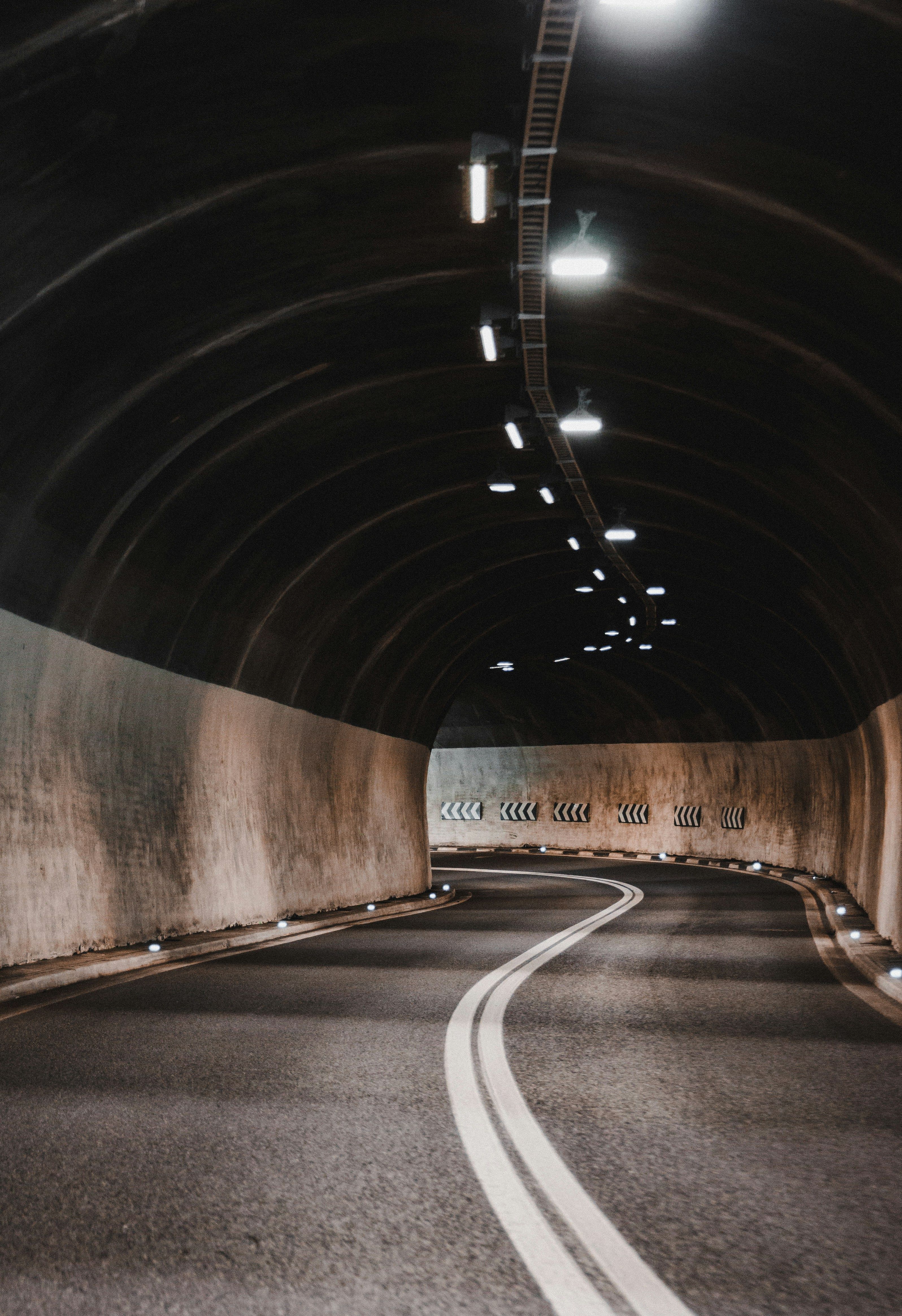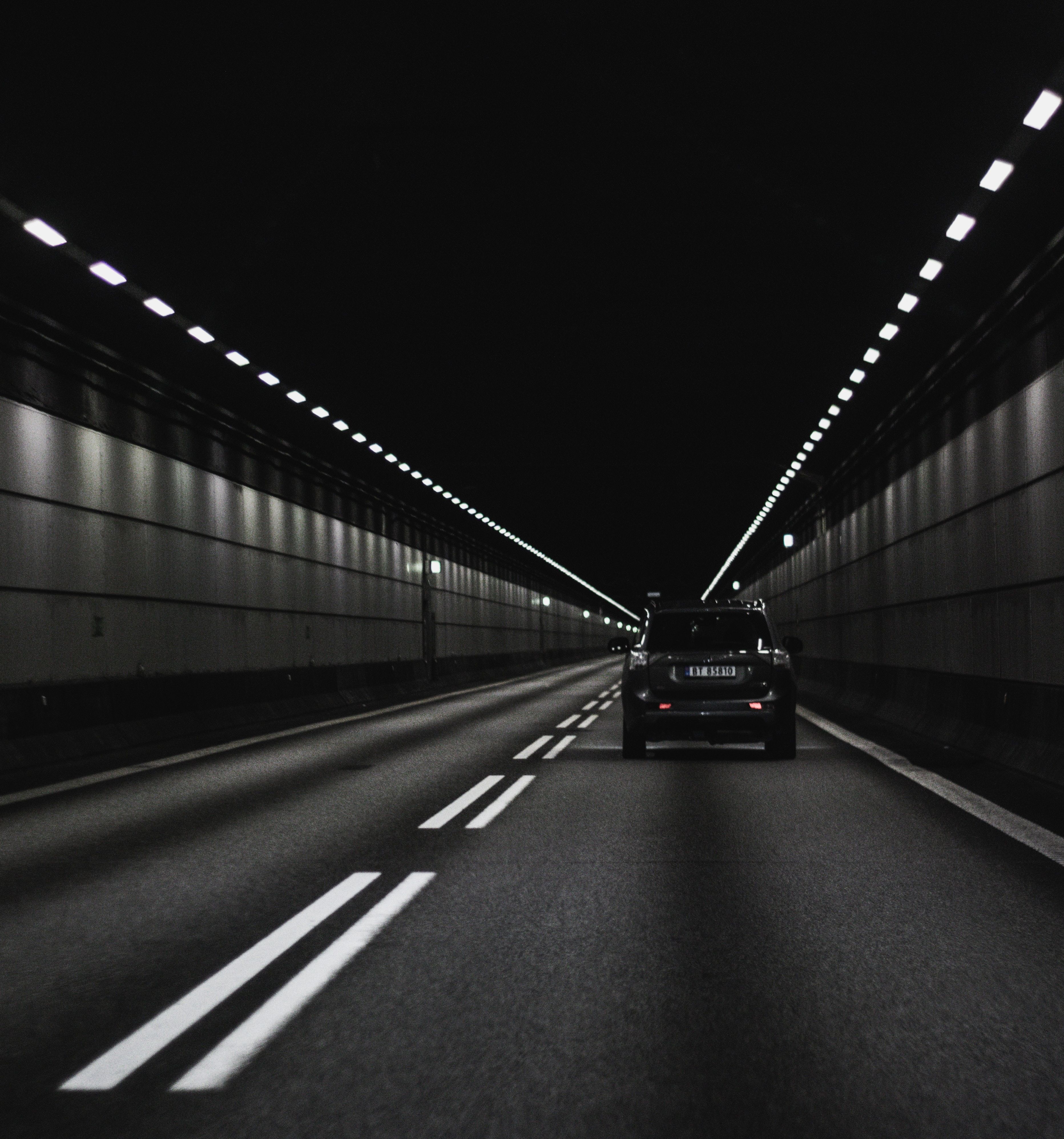How LED Technology is Revolutionizing Road Tunnel Lighting
In the realm of road infrastructure, advancements in technology continually shape the landscape of safety and efficiency. One notable area of transformation is in the lighting systems used within road tunnels. Traditional lighting solutions are being replaced with LED (Light Emitting Diode) technology, ushering in a new era of illumination that offers numerous benefits over conventional methods.
Understanding the Evolution of Road Tunnel Lighting
Traditional Lighting Systems: A Brief Overview
In the past, road tunnel lighting primarily relied on fluorescent lamps or high-intensity discharge (HID) lamps. While these systems provided adequate illumination, they came with inherent limitations such as high energy consumption, frequent maintenance requirements, and limited control over brightness and color temperature.
The Emergence of LED Technology
LED technology has emerged as a game-changer in the field of illumination. Unlike traditional lighting sources, LEDs offer several advantages, including energy efficiency, longevity, durability, and flexibility in design and control. These attributes make LED lighting an ideal choice for road tunnel applications.

Advantages of LED Technology in Road Tunnel Lighting
Energy Efficiency: Illuminating Tunnels with Minimal Power Consumption
LED lights are renowned for their energy efficiency, consuming significantly less power compared to traditional lighting sources. This translates to reduced electricity bills and lower carbon emissions, contributing to sustainability efforts in road infrastructure management.
Longevity: Illumination That Stands the Test of Time
One of the standout features of LED lighting is its longevity. LED fixtures have an extended lifespan, lasting tens of thousands of hours before needing replacement. This longevity not only reduces maintenance costs but also enhances operational efficiency by minimizing disruptions for maintenance activities.
Enhanced Visibility and Safety: Ensuring Clear Passage Through Tunnels
LED technology offers superior visibility compared to conventional lighting systems. With their ability to produce high-quality, uniform illumination, LED lights enhance safety for motorists by ensuring clear visibility within road tunnels. This helps mitigate the risk of accidents and improves overall traffic flow.
Dynamic Control and Customization: Tailoring Lighting Solutions to Specific Needs
LED lighting systems provide unparalleled flexibility in control and customization. Advanced control mechanisms allow operators to adjust brightness levels, color temperatures, and lighting patterns according to varying conditions such as traffic flow, time of day, and weather conditions. This dynamic control ensures optimal illumination at all times, enhancing user experience and safety.
Environmental Benefits: Reducing Environmental Impact Through Sustainable Practices
The adoption of LED technology in road tunnel lighting aligns with environmental sustainability goals. By consuming less energy and requiring fewer resources for maintenance and replacement, LED lighting systems contribute to reducing carbon footprint and conserving natural resources, making them a preferred choice for environmentally conscious infrastructure projects.

Implementation Challenges and Solutions
Initial Cost Considerations: Overcoming Investment Barriers
While LED technology offers numerous long-term benefits, the initial cost of implementation can pose a challenge for some infrastructure projects. However, advancements in LED technology have led to declining prices, making it increasingly cost-effective to adopt LED lighting solutions in road tunnels. Additionally, potential savings in energy and maintenance costs justify the initial investment in LED infrastructure.
Compatibility and Integration: Ensuring Seamless Integration with Existing Systems
Integrating LED lighting systems into existing road infrastructure requires careful planning and consideration of compatibility issues. Collaborative efforts between lighting manufacturers, engineering firms, and transportation authorities are essential to ensure seamless integration and optimal performance of LED lighting solutions within road tunnels.
Regulatory Compliance: Meeting Standards and Regulations
LED lighting installations in road tunnels must adhere to industry standards and regulatory requirements to ensure safety and reliability. Compliance with standards such as illumination levels, color rendering, and glare control is paramount to providing a safe and comfortable environment for road users. Collaboration between stakeholders and regulatory bodies is crucial to achieving compliance and maintaining high-quality lighting standards.
Future Outlook: Innovations and Trends in LED Tunnel Lighting
Smart Lighting Solutions: Harnessing the Power of Connectivity and Automation
The future of LED tunnel lighting lies in smart lighting solutions that leverage connectivity and automation technologies. Integration with smart infrastructure systems enables real-time monitoring, remote control, and predictive maintenance of lighting assets, optimizing performance and energy efficiency while enhancing user experience and safety.
Advanced Materials and Designs: Pushing the Boundaries of Innovation
Ongoing research and development efforts are focused on advancing materials and designs for LED lighting fixtures, with an emphasis on improving efficiency, durability, and performance. Innovations such as modular designs, adaptive optics, and advanced heat management systems are poised to further enhance the capabilities of LED tunnel lighting in the years to come.LED technology is reshaping the landscape of road tunnel lighting, offering unparalleled benefits in terms of energy efficiency, longevity, safety, and customization. As infrastructure stakeholders increasingly recognize the advantages of LED lighting solutions, the adoption of this transformative technology is poised to accelerate, paving the way for safer, more sustainable, and technologically advanced road tunnels.
Frequently Asked Questions (FAQs)